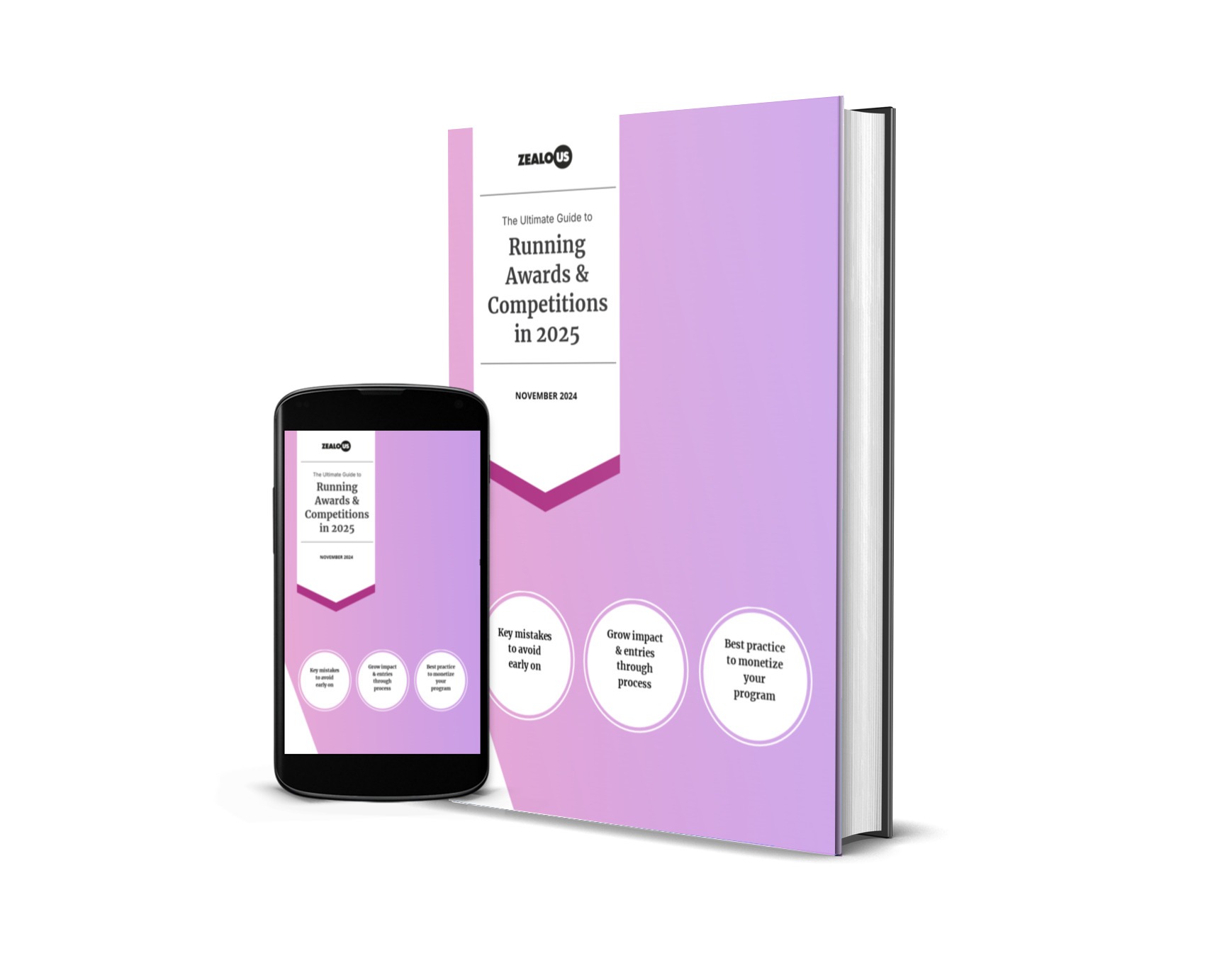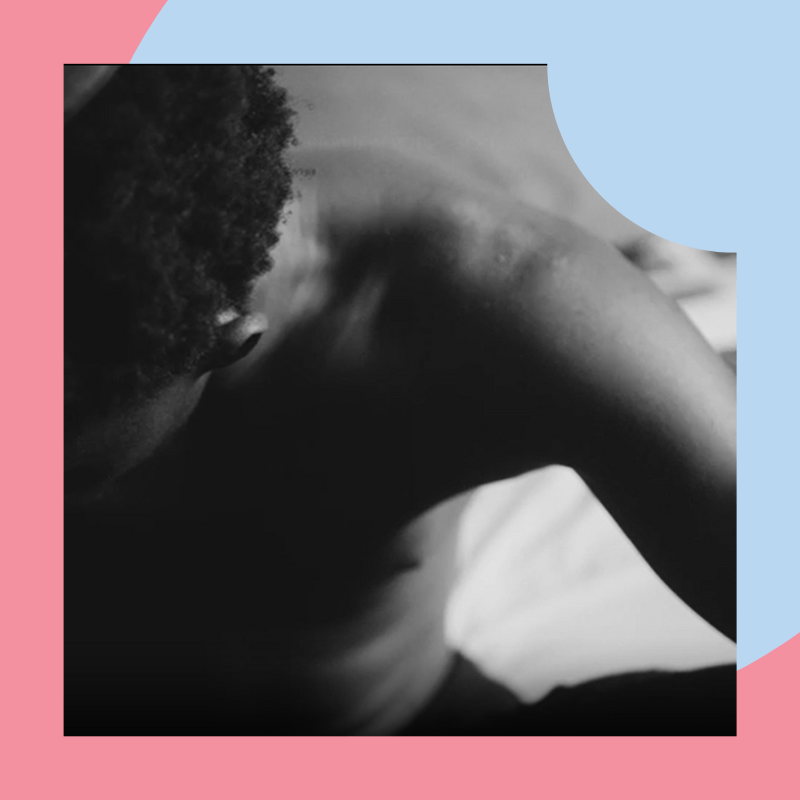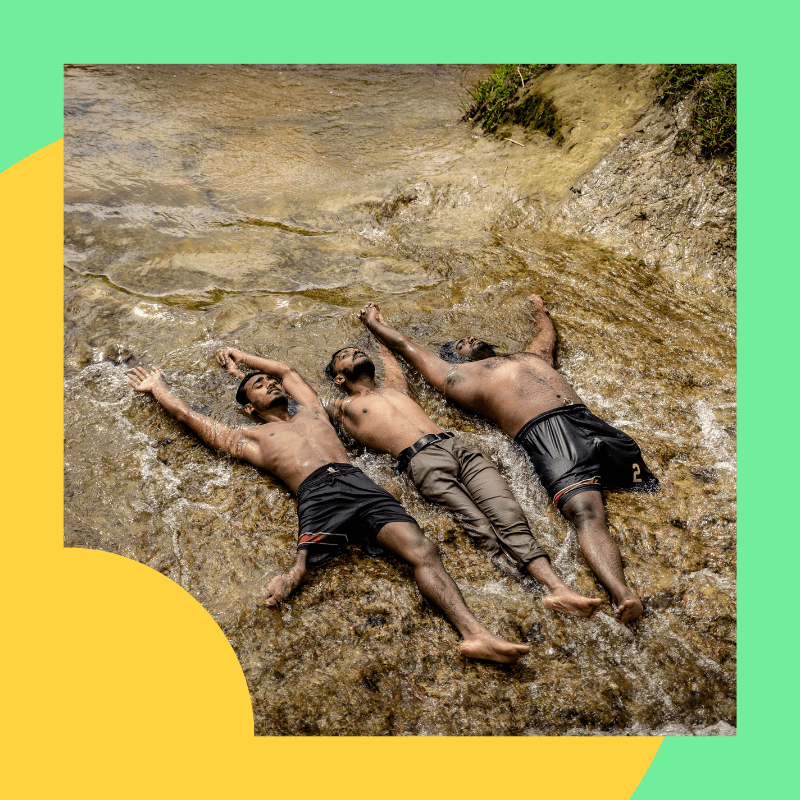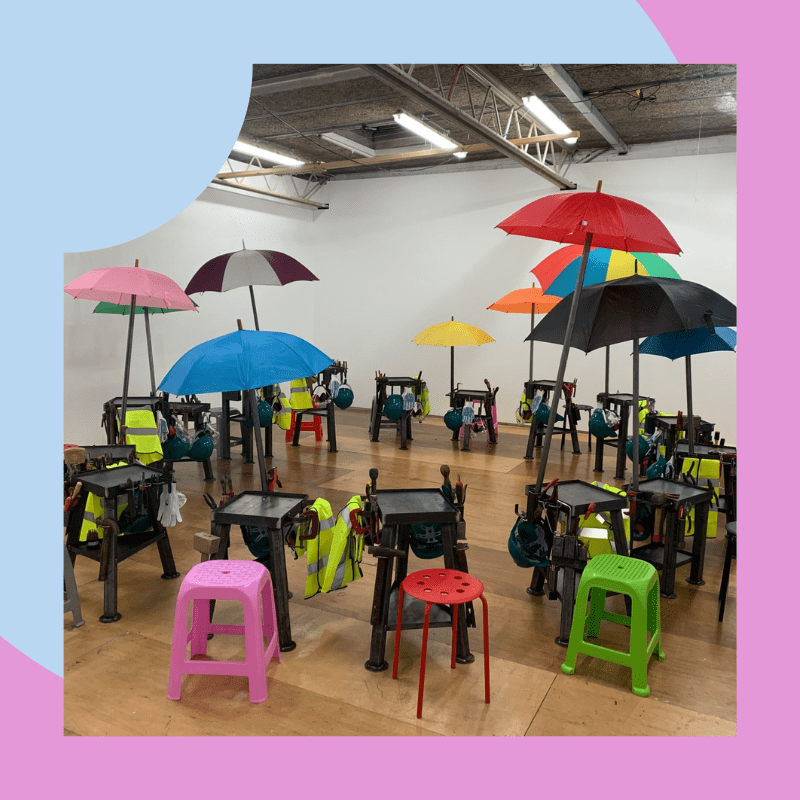Pinkie Maclure
Winner Emerge Awards Craft Prize
What are your earliest memories of art? How did you discover and define your personal style?
My earliest memories of art are drawing – I used to spend most of my spare time drawing pictures of people on anything I could get my hands on, including the furniture and walls, which didn’t go down too well with my mother. I gave up art in my early teens after changing schools where I was bullied and humiliated by a sexist art teacher. I turned to music and performance instead.
I only took up art again in my forties when, having no money, I started helping a friend with his stained glass repair business and one thing led to another. I hated modern stained glass designs but through the work, I discovered medieval stained glass which is a big influence. I liked the strange, collage-like combinations of images and raw storytelling that has some resemblance to contemporary comic art. Old windows were often mended with random scraps of painted glass which gives them a chaotic wildness that appeals to me.
For the first few years I didn’t pursue it seriously, but after receiving a really exciting commission (The Family, Chalmers Sexual Health Centre, Edinburgh), I decided to start producing complex personal work and make light boxes to display it in, so it doesn’t always have to be site-specific.
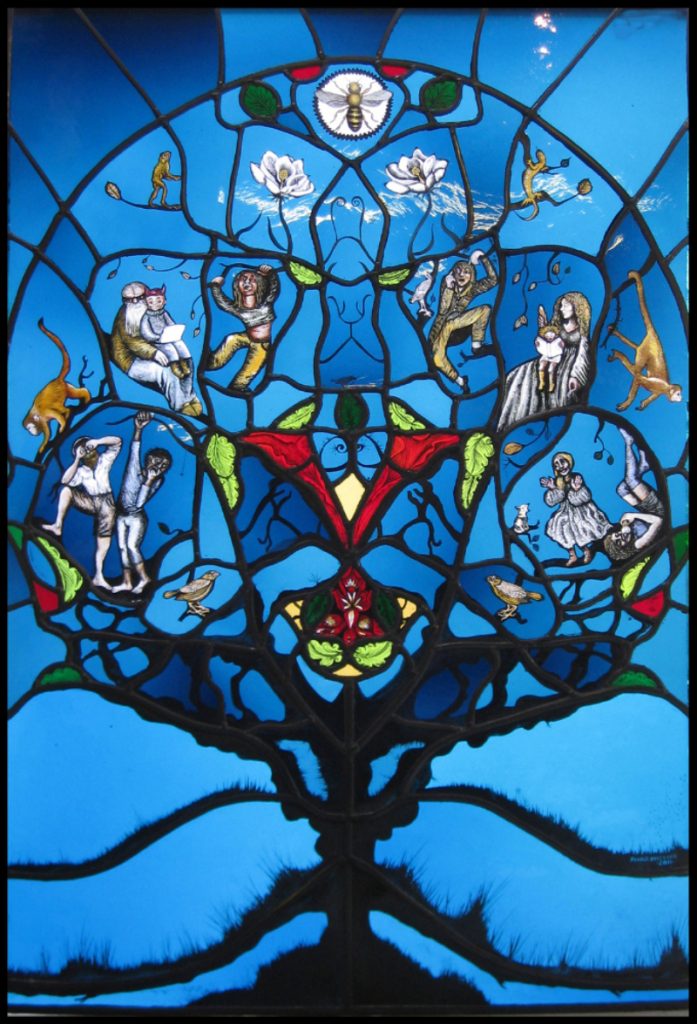
What is your aim when creating your glass pieces? Do you try and evoke specific reactions from your audience?
My aim is first to seduce the viewer with beautiful images and luminous colours, then to make them think. Even though the initial sketch might be a splurge of emotion, the lengthy process of turning that into a stained glass window allows me time to analyse the emotion, asking where my anger is coming from and what it is about, eventually laughing at myself.
At first, I used a lot of plant and animal imagery but I wasn’t content for it to be purely decorative. I am deeply concerned about the destruction of the natural world and I felt it was dishonest to represent a fantasy version of it, so I included imagery that shows the real situation, such as plastic bottles floating in the sea. I want the work to ask difficult questions and to tell stories, like medieval windows do. I don’t aim to lecture though, so I let a fair bit of dark humour in too.
For a long time, your focus was on music. How important is it for an artist to experiment and/or collaborate outside of their discipline?
Becoming a visual artist has been very liberating for me, after many years of feeling like my music didn’t fit into the current fashion, that I didn’t look or sound right as a female artist. I felt I was always a bit too ‘mad’ and ‘challenging’ for audiences, in this country at least. It seems I can get away with more through stained glass! It would be nice to combine the two some day, to have a stained glass exhibition in a dark space with a soundtrack of my own creating, or maybe collaborate with an artist on a larger-scale light installation.
As an art form, I feel stained glass has lost its way. I picked it up at a time when it needed to be saved from disappearing altogether. Luckily I had been making domestic stained glass for so long that I had most of the necessary skills, whereas a lot of artists might think it’s a great idea as a challenge, but would face years of learning in order to achieve that.
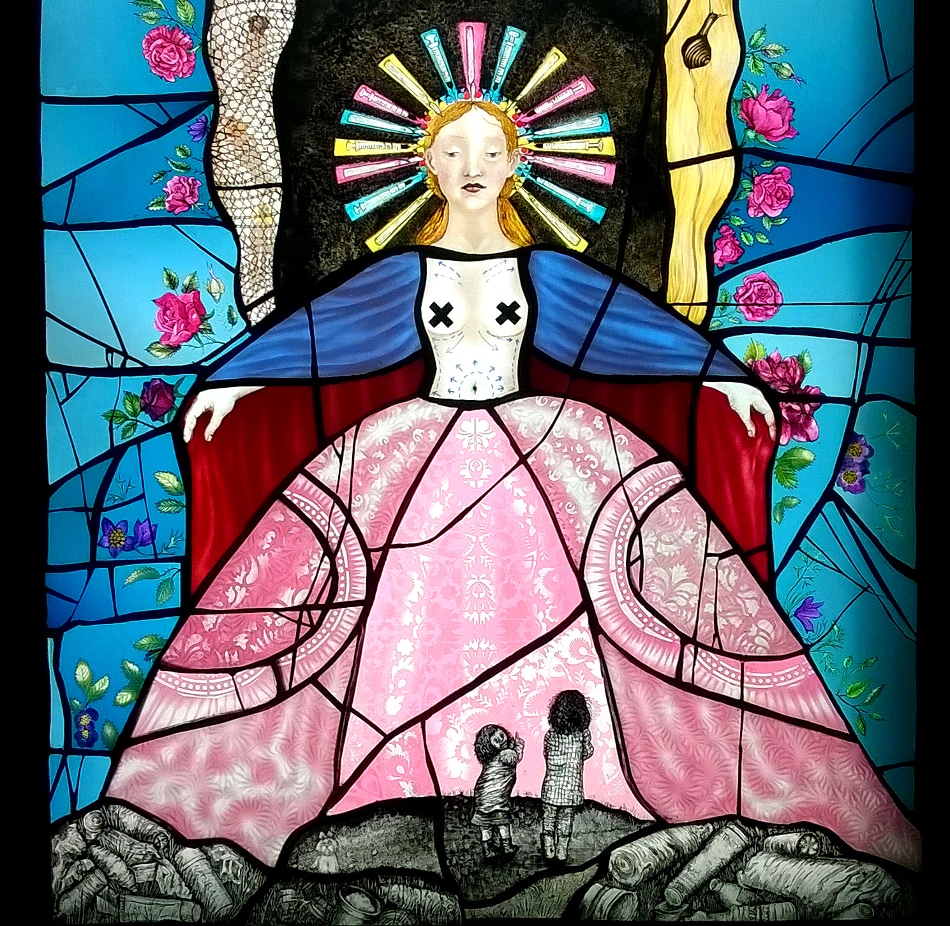
Where do you work best? If you could create the ideal work space, what would it look like?
A space of my own would be ideal. just a big room in a house with no neighbours to disturb (the sandblaster is very noisy), a forest or by the sea and a cheap 24-hour transport link to a really interesting city!
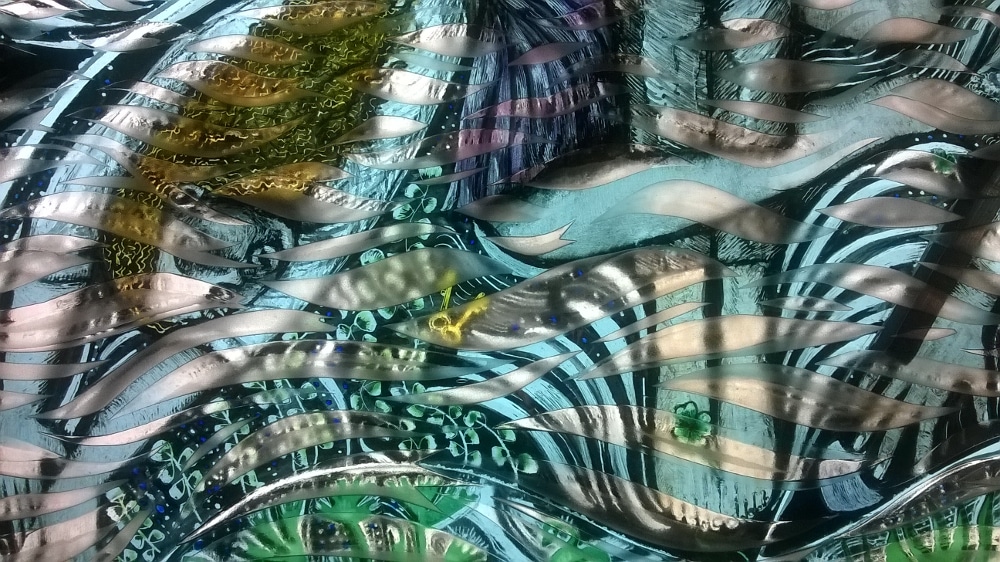
Do you have anything exciting lined up?
My piece Beauty Tricks is on show at the National Museum of Scotland in a group exhibition called, Art of Glass. It moves to the National Centre of Craft and Design in Sleaford for 6 months from September 2018.
I’ve just finished a commission so I’m going to spend some time making new work. Each piece takes two or three months to make and I have lots of ideas that are just waiting to be realised, The hand blown glass I use is sadly no longer made in the UK. I’ll be putting in a big order to the manufacturers in France now that I have this prize money.
Follow Pinkie on Instagram / Twitter
Katie O’Rourke
Winner Emerge Awards Design Prize
Were you always drawn to illustration and design? How did you find your way here?
I’ve always been drawn to creativity and studied Fine Art at university but then found myself working in admin and management roles in the creative sector. After five years I really felt a pull back towards something more creative so decided to take a year out. During that time I went travelling and then discovered the Graphic Design course offered by Shillington College. The idea of being able to study design in three months rather than three years really appealed, so when I returned to the UK last summer, I enrolled onto the course in Manchester.
It was a really intense experience but taught me the fundamentals of graphic design and primed me for the design roles I’ve been in since. In my spare time I try to draw as much as possible, in particular I love drawing places I’ve travelled to (especially local architecture).
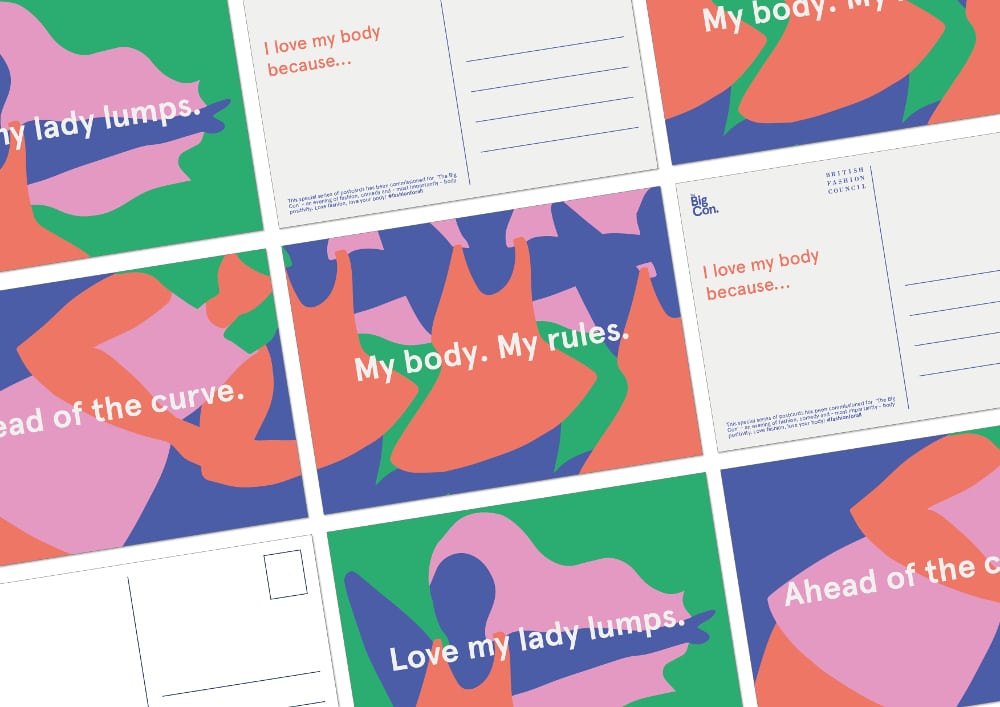
Can you tell us more about how you approach new projects and your creative process?
I’m not sure I have a fixed process but I always start out with some simple brainstorming to come up with a few ideas, scribbling lots of notes and getting my initial thoughts out on paper. I like to do plenty of research if time allows, to try and dig out some interesting or more unique angle. Then I’ll move onto some moodboarding to get a sense of the visual look and feel I’m going for. I’ll open my sketchbook and get down as many ideas as possible and figure out what’s worth working on before hitting the Mac.
Any project tends to have highs and lows and there will usually be a few speed bumps but if I’m stuck, I try to go for a walk or focus on another task for a while before approaching things with fresh eyes. I usually feel a mixture of excitement and trepidation before working on briefs for other people; excited at the potential to create something new but always a little worried that this will be the project where I don’t quite hit the mark, but things always come together in the end! I really like collaborating with others on creative projects, building on each others’ ideas always brings a little something extra.
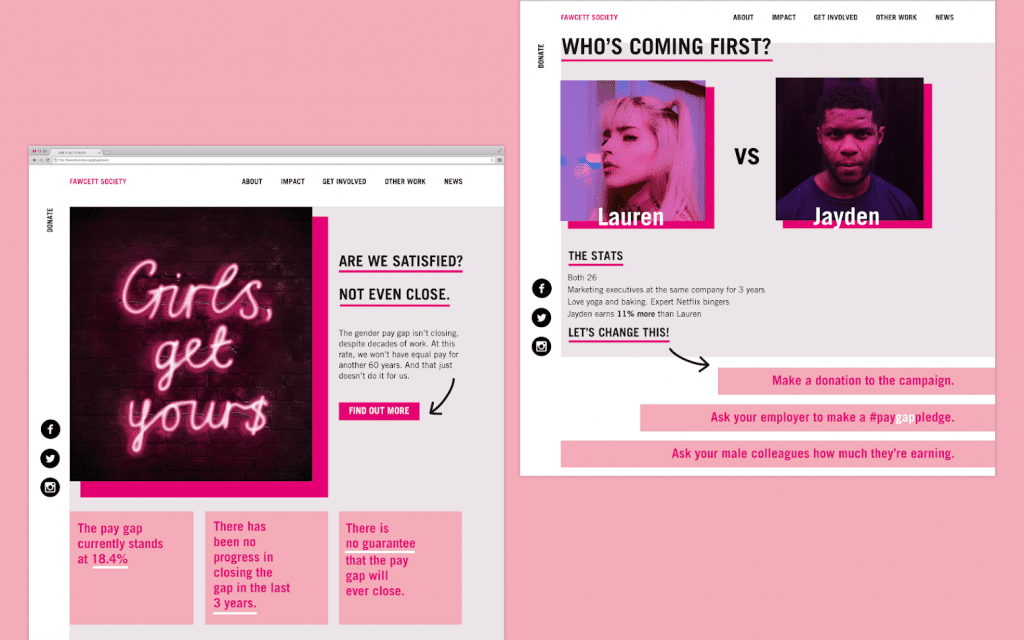
How do you ensure your personal style shines through in your corporate work? Do you have any advice for young designers who are worried that corporate briefs will quash their personality?
I have quite an illustrative style, which I try to incorporate into my design work wherever it fits the brief. I think it’s natural for your personal style to come through, but I do try to keep this in check and only bring it where it makes sense to the project and what the client needs. It’s good to experiment and not stick to what you know, especially when you’re starting out. Having said that, I have been approached for work by people who have been drawn to the vibrant, illustrative stuff that I’ve produced, so I think it’s a balancing act.
For more corporate briefs, you can still bring plenty of personality and creativity, you just need to be clever about it. I’d always rather push things a little and have to pull back, than play it too safe. And you can always present the client with a couple of different options so they can see a more playful approach in action alongside a more ‘traditional’ option. I’ve actually found that corporate clients are often willing to be experimental and bolder with their designs, as organisations are increasingly recognising the value that design brings.
Do you delve into other creative disciplines? How does it inspire your designs?
I’m really inspired by the worlds of art, architecture and literature, and these often form reference points for my designs. I’ve exhibited some of my illustrations and I find it fun to create art that’s purely for aesthetic purposes, rather than needing to consider its intention or target audience.
I’m also working on producing a zine with two of my fellow Shillington graduates, Alex Francis and Nina Hamer. It’s called Make Room and it’s our love letter to creative women. We’ve created all the content ourselves, from interviews to illustrations, and that has been a completely different outlet for my creativity recently. It’s going to be launching within soon so watch this space! You can follow us on Instagram and Twitter.
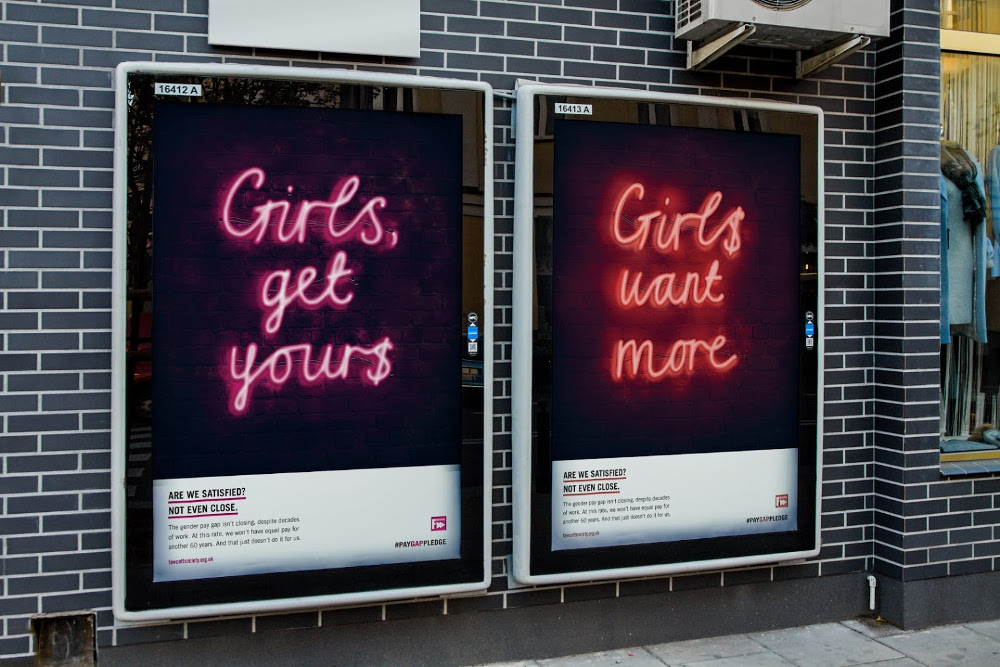
What’s the best piece of advice you have ever received?
I like ‘Be bad until you’re good and good until you’re great’. I can’t remember where I heard it but this has really helped me as I’ve entered the world of design. I love platforms like Instagram and all the design blogs out there, but seeing how amazing other people’s work is can be intimidating at times. Rather than let this stifle me, I remind myself that I’m just starting out as a designer and I’m only going to improve. So I try to embrace this, put my work out there regardless and say yes to opportunities before I’m totally ready.
Follow Katie on Instagram / Twitter
Emma-Marie Smith
Winner Emerge Awards Writing Prize
Have you always been drawn to storytelling? How did your creative writing journey begin?
Stories have been helping me make sense of the world for as long as I can remember. I can still recall the stomach-turning excitement of a trip to the school library, or of turning a new book over in my hands. As a child, I sought comfort and inspiration from books (everything from Enid Blyton to Jacqueline Wilson and Harry Potter) and through writing stories of my own. I concocted entire worlds and characters for my Mum, brothers and friends and gave them stories as gifts.
I once got lectured at school for writing outside the lines and going through too many exercise books though, which tells you how discouraging our education system can be.
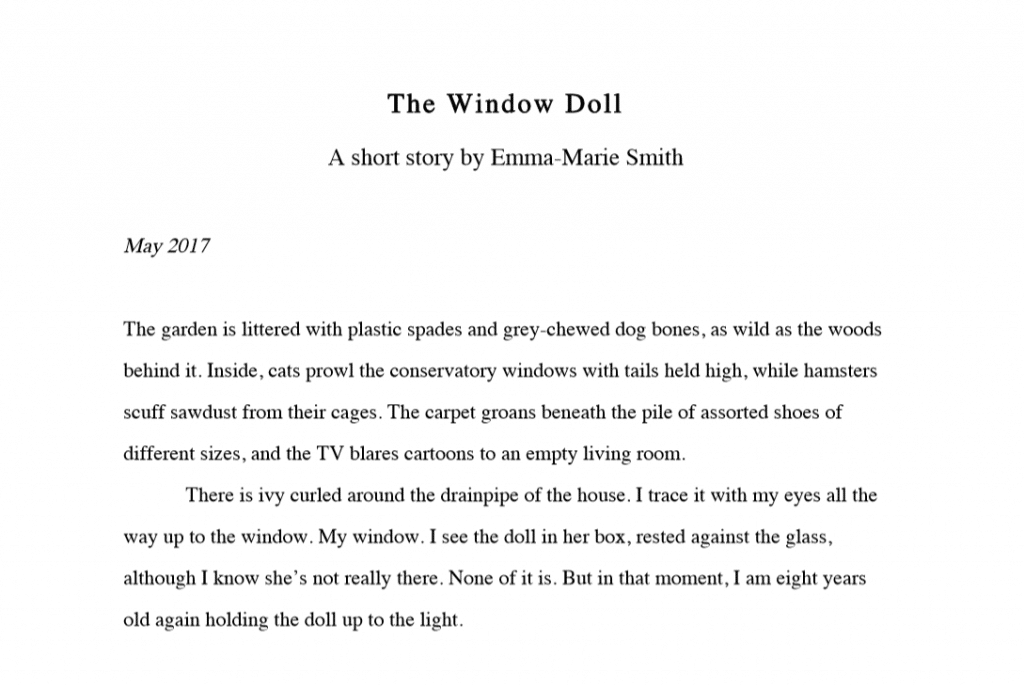
Where do you get inspiration for your stories? What/who is the greatest influence on your writing?
My inspiration as a writer comes from all over, though some of my favourite authors include Matt Haig, Paula Hawkins, J.K Rowling and a whole list of crime fiction writers, as these are the books I tear through at breakneck speed. By far my biggest influence is people. Those I have known, loved and lost continue to inspire my writing, as well as those I cherish in my life now like my three-year-old son, Luca.
What’s the most challenging part of your process?
Writing for me is more of a compulsion than a choice. If I don’t write, I turn inward and a lot of those thoughts, feelings and ideas will just fester until I do something creative with them. If it sounds intense, that’s because it is. Writing is incredibly rewarding, but I’m also my own worst critic, which is tough. I’m often held back by my own perfectionism.
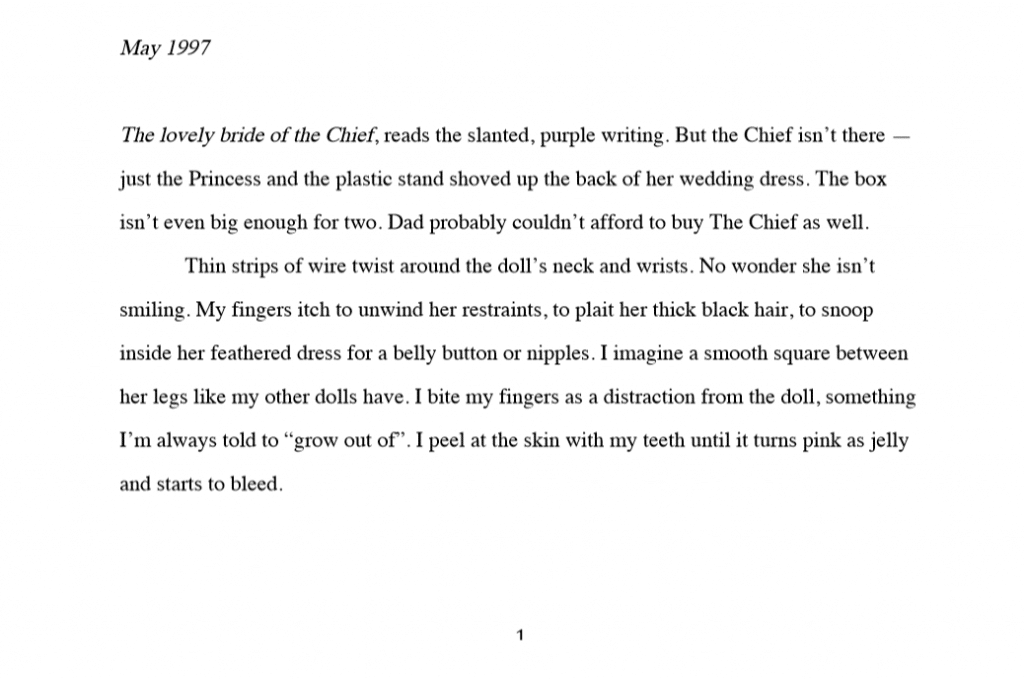
Where do you work best? If you could create the ideal writing space, what would it look like?
My ideal writing space would be an office that’s just mine, either in my home or outside of it – somewhere I could plaster the walls with plot timelines and work for hours uninterrupted. However, that kind of space is difficult to come by until you start making money from your craft. I work full time as a copywriter, and I’m currently looking for new clients to fill my workload so I can find a space to work on my professional and creative projects. My ultimate dream is to write fiction for a living.
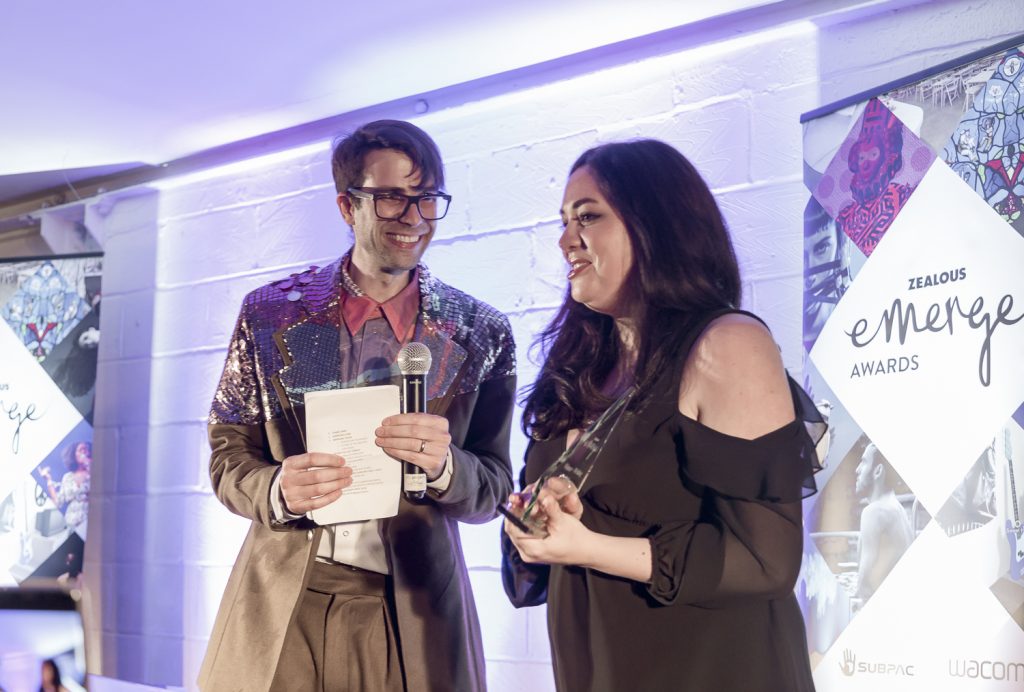
What do you have planned next?
I’m currently working on some pitches for magazines and online publications, as well as entering more short story competitions. I am also writing a novel called Someone You Know, which is going to be a literary/crime fiction crossover novel. I am still in the early planning stages of this project, so I haven’t pitched to an agent or editor yet but watch this space!
emmamariewrites.com
Follow Emma-Marie on Twitter
Want us to write more content like this? Give it a like
Share
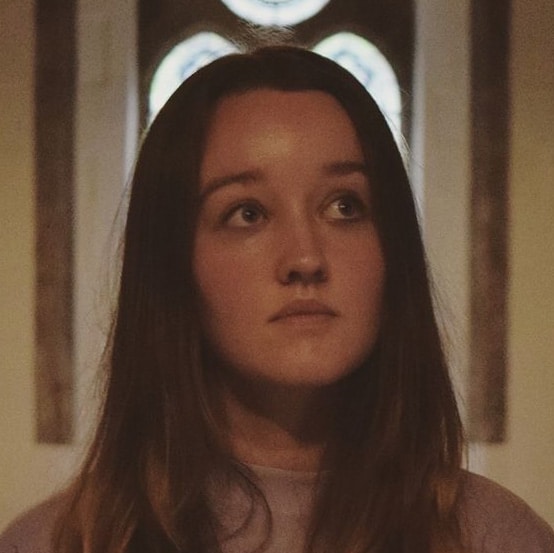
Charlotte Lynch
Ex-Marketing Manager


